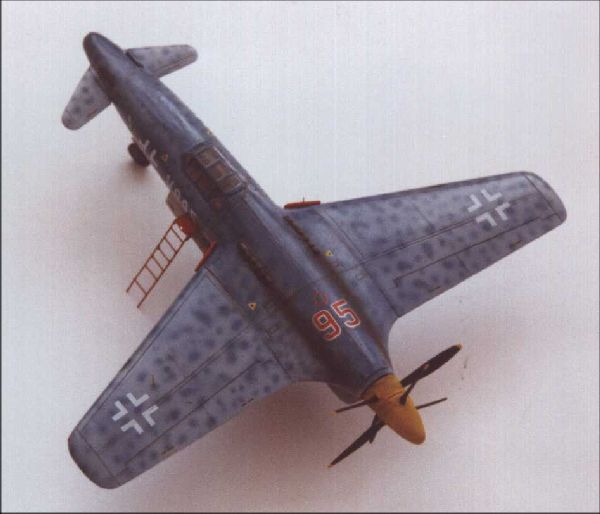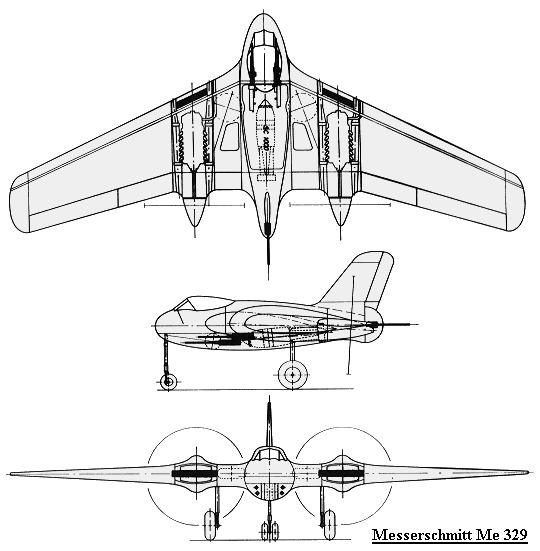You are not logged in.
Dear visitor, welcome to WesWorld. If this is your first visit here, please read the Help. It explains in detail how this page works. To use all features of this page, you should consider registering. Please use the registration form, to register here or read more information about the registration process. If you are already registered, please login here.
Quoted
Originally posted by HoOmAn
That´s ********. This is no BattleTech universe, you know. ;o)
Quoted
Originally posted by HoOmAn
I don´t want to shot down all your ideas in flames so I´ll go with the flow and accept it if people like Red Admiral do.
However, what really causes me headaches is this:
"What you think is an intake is the nose-mounted cannon and machine gun module pack. It slides in and out on a tray and has a slightly squared off appearance. "
That´s ********. This is no BattleTech universe, you know. ;o)
Why not add some standard fixed armament? That nose should be capable to hold a pair of HMG or probably even 20mm guns and a pair of 7,62mm MGs or similar weapon....
In general I think this piece better belongs into the latest Batman movie. Why not paint a huge J on it or something? *g*
This post has been edited 1 times, last edit by "howard" (Aug 18th 2008, 11:27pm)


This post has been edited 1 times, last edit by "Commodore Green" (Aug 19th 2008, 12:24am)
This post has been edited 1 times, last edit by "Hrolf Hakonson" (Aug 19th 2008, 1:09am)
Quoted
Originally posted by Commodore Green
1 - You have a VERY slight rotation angle.
2 - From the position of the CoG, you would have to go for fuselage mounted undercarriage, and while that is good for strenght, it is BAD with wing mounted engines.
Go with the tractor layout, it simplifies a lot!
Look at a side view of the Starship,
the wheels are further back (because the more powerful engines will allow it to overcome the more forward CoG), the engines are mounted higher for a reason, and they use props of smaller diameter with 6 blades, and the engines are more powerful than you are planning, and the Starship is NOT designed to fly from grass fields / unprepared strips
Airflow over the canard is needed to lift it,and you can only get that on a canard with ground speed, implying surfaced runways to attain that speed.
 , yet they are....] and...............
, yet they are....] and...............

This post has been edited 1 times, last edit by "howard" (Aug 19th 2008, 1:14am)
This post has been edited 1 times, last edit by "Hrolf Hakonson" (Aug 19th 2008, 1:15am)
Quoted
Originally posted by Hrolf Hakonson
Heh, Swampy was interested in the Me-329 as well......
I'm considering, when the time comes, building the Henschel. Assuming, of course, the Argus engine comes to fruition, I'm trying to avoid the couple engines as much as possible.
This post has been edited 2 times, last edit by "howard" (Aug 19th 2008, 1:30am)
Quoted
Originally posted by howard
the Me 329 [or was it the BF-329?] was a pusher prop flying wing death trap
H.
Quoted
Originally posted by Commodore Green
Quoted
Originally posted by howard
the Me 329 [or was it the BF-329?] was a pusher prop flying wing death trap
H.
Irrespective of who designed it, how can you make a comment like that about a plane that never flew?
And I don't mean the anecdotal evidence of a supposed glider test flight.......
The early Northrop flying wings share a very similiar planform, and one of them is still airworthy.

This post has been edited 2 times, last edit by "howard" (Aug 19th 2008, 2:27am)
Quoted
Originally posted by howard
Quoted
Originally posted by Hrolf Hakonson
Nah, the Me-329 was designed by Dr. Hermann Wurster, at Messerschmit, not by Willy himself.
It was? Learned something new. What was he at the time, drunk, or doped up on happy pills?
H.
This post has been edited 1 times, last edit by "Hrolf Hakonson" (Aug 19th 2008, 2:15am)
Quoted
Originally posted by Hrolf Hakonson
Quoted
Originally posted by howard
Quoted
Originally posted by Hrolf Hakonson
Nah, the Me-329 was designed by Dr. Hermann Wurster, at Messerschmit, not by Willy himself.
It was? Learned something new. What was he at the time, drunk, or doped up on happy pills?
H.
WIlly was probably busy at the time with the Me-210, the Me-410, and trying to get the Me-209 to behave, not to mention keeping the Me-264 sold. The design, like the similar but independently designed Me-265 (done by Dr. Alexander Lippisch) was worked up in the fall of 1942.
Eh, it's not as nose-heavy as it looks, most of the engines are aft of the CG, and neither DB-603s or Jumo-213s are really lightweights.
Forum Software: Burning Board® Lite 2.1.2 pl 1, developed by WoltLab® GmbH
